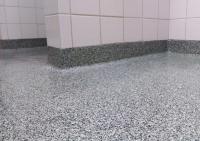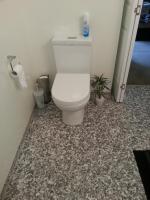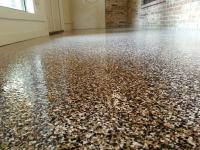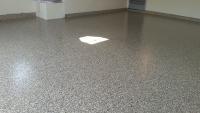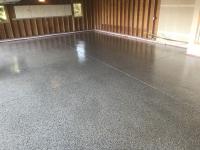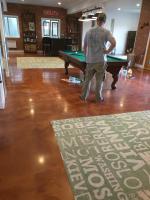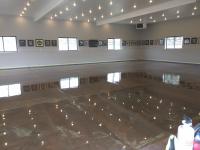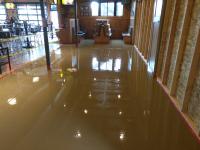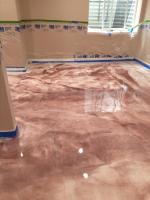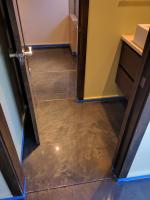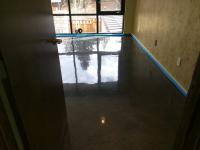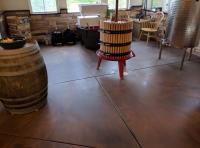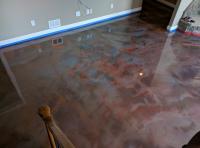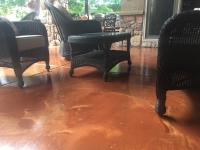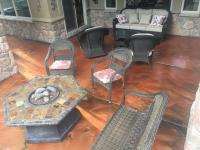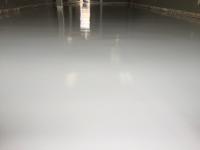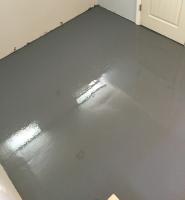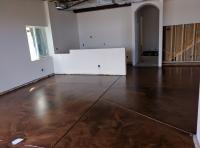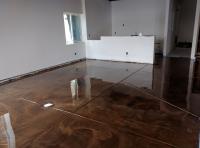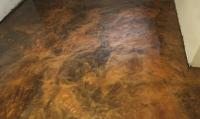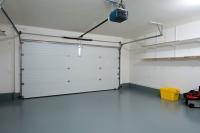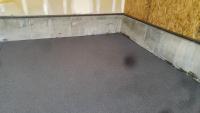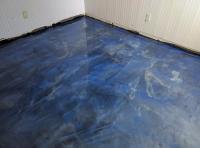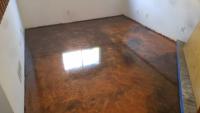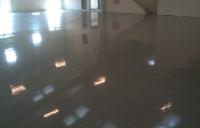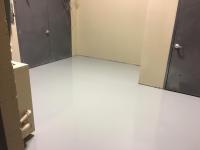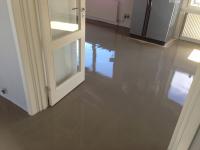(In order from least to most expensive)
1. Leave them as is. A very common option, but dirt & debris get stuck in there making cleaning difficult. This option is also not recommended for warehouses/shops that have metal wheels that will dip into the joints and chip away at the concrete as opposed to smoothly rolling over them. The joints also potentially cause a tripping hazard to persons in high heels.
2. Fill joints with solid cement. If your slab moves, which it likely will, you'll have random cracks develop and of course the epoxy will chip up in the areas where your concrete is cracking. Epoxy is strong, but not strong enough to keep your thousand pound slab together against geological forces. This is actually a very good option, especially if your slab has settled over time and you don't mind the look of some random cracks here and there or possibly everywhere. Many people like this look over having those stupid control joints!
3. Fill the control joints with elastomeric polyurea and put your epoxy or polyaspartic coating over them. This will look similar to option 4 when finished. BUT, as time passes, if your concrete moves, settles, expands, contracts, shifts, you MAY have cracking and chipping at the control joints. What you will likely have as well is a telegraphing of the control joints through your design. So you may end up seeing where the joints used to be. Polyaspartic coatings are more flexible than epoxies, so there will be less chances of chipping/telegraphing, but still very possible and/or likely depending on your floors movements.
4. Epoxy your floor, then fill the joints with a elastomeric polyurea compound that will stretch and contract with your concrete's movements. If your joints are thick, option five may be more cosmetically pleasing.
5. Fill control joints with a solid cementitious product, apply the epoxy, then saw cut thin 1/8” control joints back in place. Then leave as is or fill with elastomeric polyurea. This gives you very thin joint lines that look quite nice when finished. Obviously if you fill the joints with polyurea it will be easier to clean.


